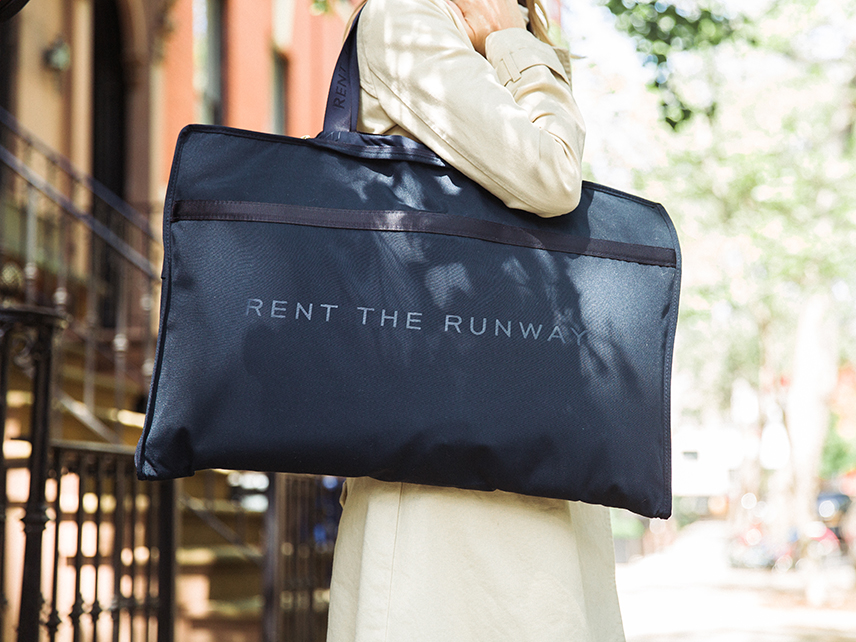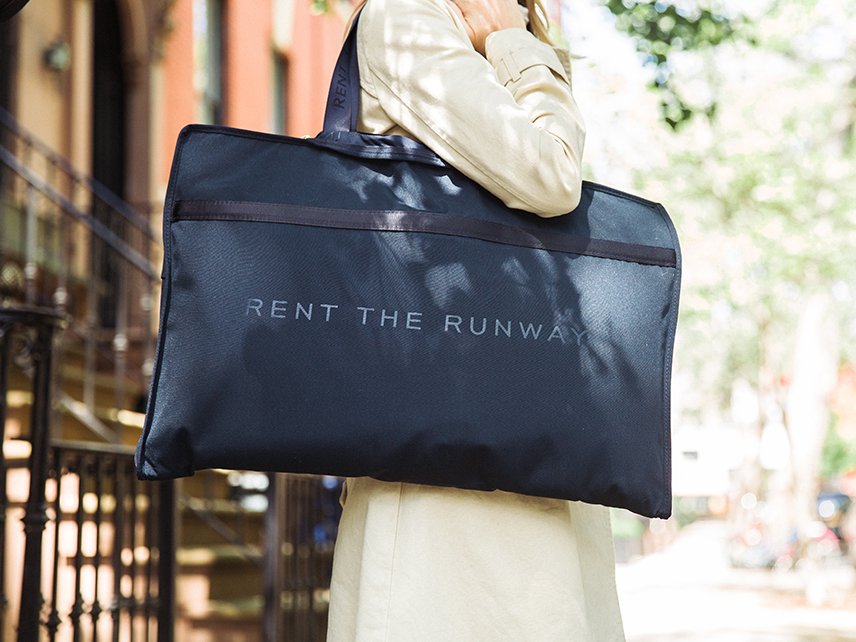The Insider Picks team writes about stuff we think you’ll like. Business Insider has affiliate partnerships, so we get a share of the revenue from your purchase.
- Rent the Runway is introducing RTR Platform, a new way for designers to partner with the rental company and reach a growing number of customers.
- With these partnerships, customers like you will be able to browse curated collections put forth by established brands and new designers alike.
- Already, nearly 40 brands have jumped on the Platform bandwagon — including Club Monaco, J.Crew, Rebecca Minkoff, and Jason Wu — and it seems that more will soon be following suit.
- New subscribers can currently take 20% off their first month of Reserve, or save a total of $80 on their first two months of Unlimited, with the code “GETFESTIVE”.
- The Unlimited subscription has changed the way many women at Business Insider shop for clothes, and the perks of subscribing just keep getting better.
The Rent the Runway pieces in your closet may only be temporary additions, but the rental market is clearly here to stay.
As it turns out, borrowing instead of buying designer clothes is a trend that shows no sign of going out of style. And as the pioneer in the space, Rent the Runway is continuing to introduce innovative new ways to bring more and more labels into the rental industry.
This month, the New York City-based platform is launching RTR Platform, a new way for brands to take part in the rental economy. Not only does that allow more designers to grab a piece of the ever-growing rental pie, but it also allows shoppers like you to pick from an ever-growing roster of tops, bottoms, dresses, jackets, accessories, and more.
With the introduction of RTR Platform, designers will be able to work directly with Rent the Runway in order to create a curated collection of pieces meant specifically for Runway customers.
Before the launch of Platform, COO Maureen Sullivan explained to Business Insider, the primary way the company secured inventory was by simply purchasing pieces directly from its 500+ designer brand partners. Now, Sullivan says, “Our partnerships with designers, beyond just traditional wholesale relationships, are deeper partnerships; from creating capsule collections, to sharing insights on the designer’s product in the rental ecosystem, to the designers creating exclusive inventory for RTR based on our data and insights, and our knowledge of what customers want to rent.”
And when it comes to succeeding in the retail industry, data is key. “By partnering with the RTR Platform, [brands] can access invaluable data and insights around customer demand for their products in the rental ecosystem as well as item-level feedback on any product they put on the RTR Platform,” Sullivan told us. This could ultimately have an effect on what brands ultimately decide to rent, and could even have an impact on their manufacturing processes and inventory assortments.
With RTR Platform, the curated capsule collections are brought directly into Rent the Runway, and the rental service becomes responsible for managing fulfillment, reverse logistics, cleaning, inventory care, and customer service. The revenues from any rentals are split between Rent the Runway and its designer partner, which ought to help designers generate an additional revenue stream separate from their traditional sales model.
“Rent the Runway has changed consumer behavior, with our subscribers now wearing rented clothing 120 days of the year,” Sullivan said. “We had brands coming to us asking how we could partner and help them enter the rental market. Currently, we have 39 brands signed on as part of Platform, with more being added every month.”
As it stands, these 39 brands include J.Crew, Levi’s, Club Monaco, Josie Natori, Prabal Gurang, Hunter, DL1961, Derek Lam, Jason Wu, Ralph Lauren, Rebecca Minkoff, L.K. Bennett and Marchesa. And by 2019, Rent the Runway expects that inventory from RTR Platform will account for nearly 25% of the company’s total inventory.
So why the continued interest in renting?
As it turns out, customers tend to be a bit more adventurous with their rentals, displaying a willingness to try new things and perhaps deviate from the little black dress mold.
As Sullivan tells us, “Only 20% of our rentals are in black, and more than half of our rentals are prints or embellished. Once a subscriber has unlocked the limitless closet in the cloud, she starts renting items outside her comfort zone. She tries things she wouldn’t have bought because they weren’t practical, and now she invests in good quality basics [instead of] spending her money on fast fashion.”
This could be good news for young, innovative designers as well.
With RTR Platform, Rent the Runway is offering newer labels and lesser-known brands an opportunity to reach a larger audience — indeed, the company reports that 98% of subscription customers discover a brand for the first time through their rentals. “In most cases, customers are not shopping by brand,” Sullivan told us. “As a result, emerging brands get as much exposure and attention as bigger brands. Our site is a source of discovery and exploration.”
As the rental economy continues to grow, Rent the Runway may just have a few more tricks up its three-quarter length sleeve. Whether it’s in the form of designer partnerships or a growing number of ways to rent rather than own, it seems as though Rent the Runway is ensuring its continued relevance in the fashion world.


